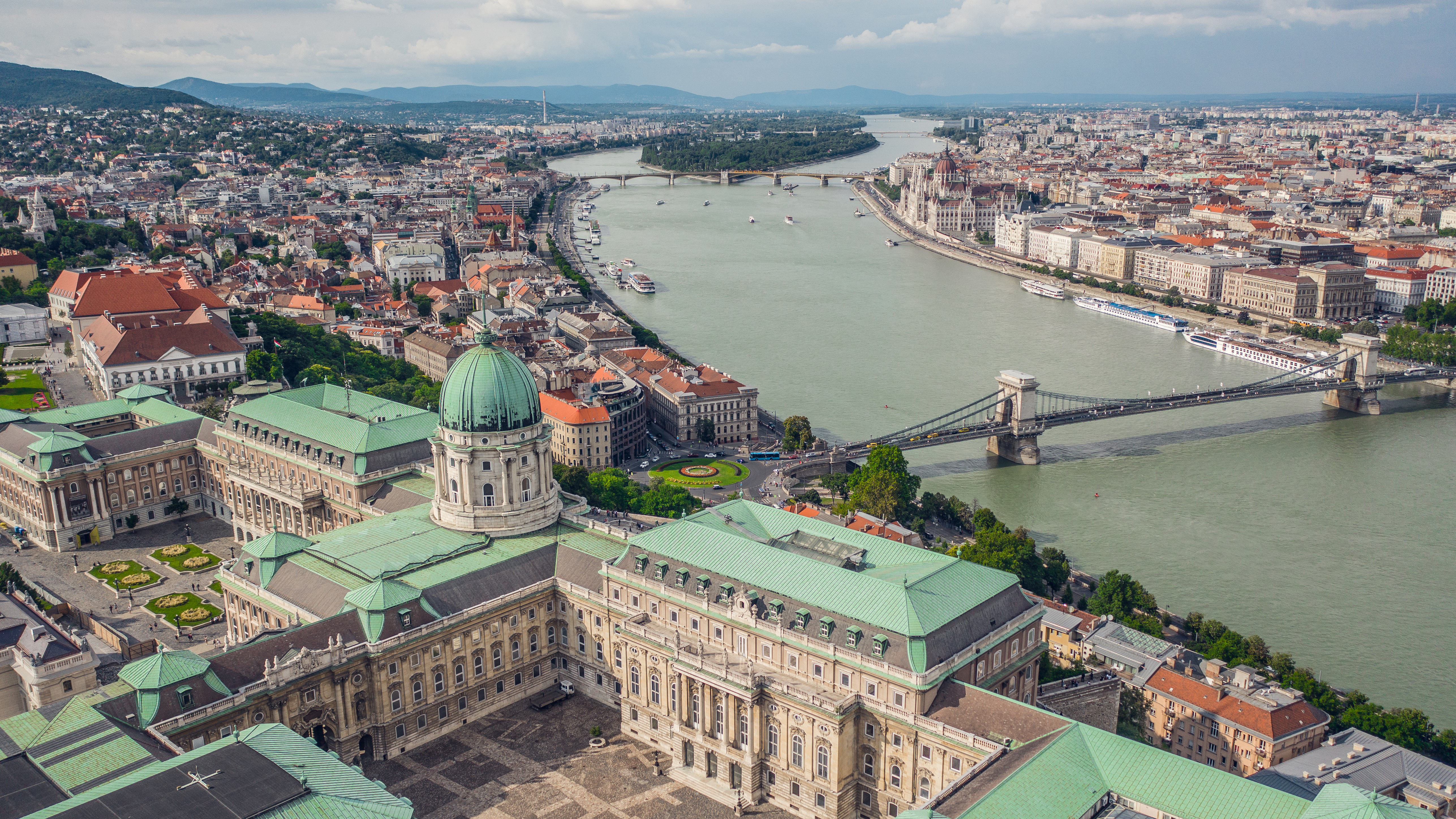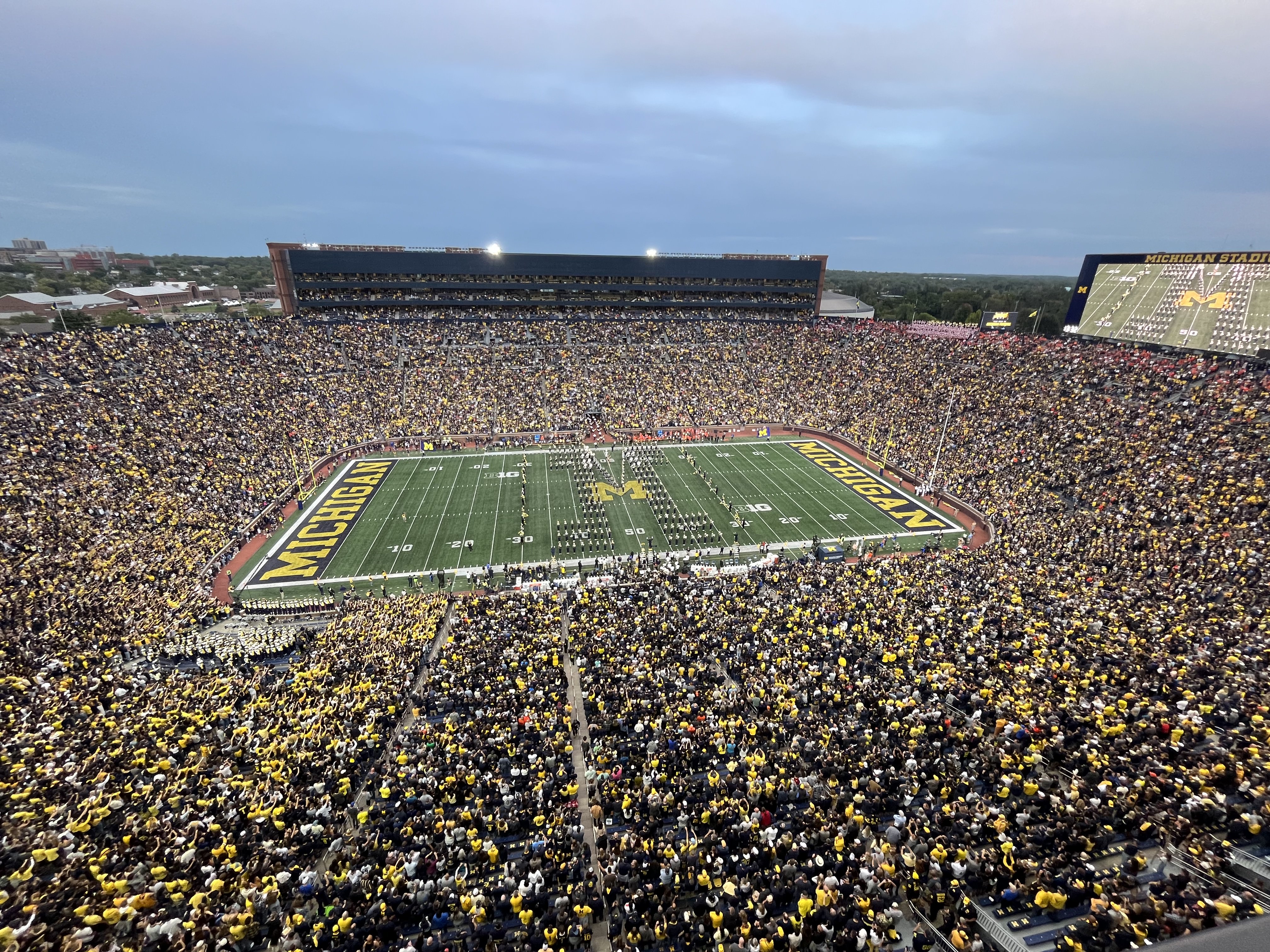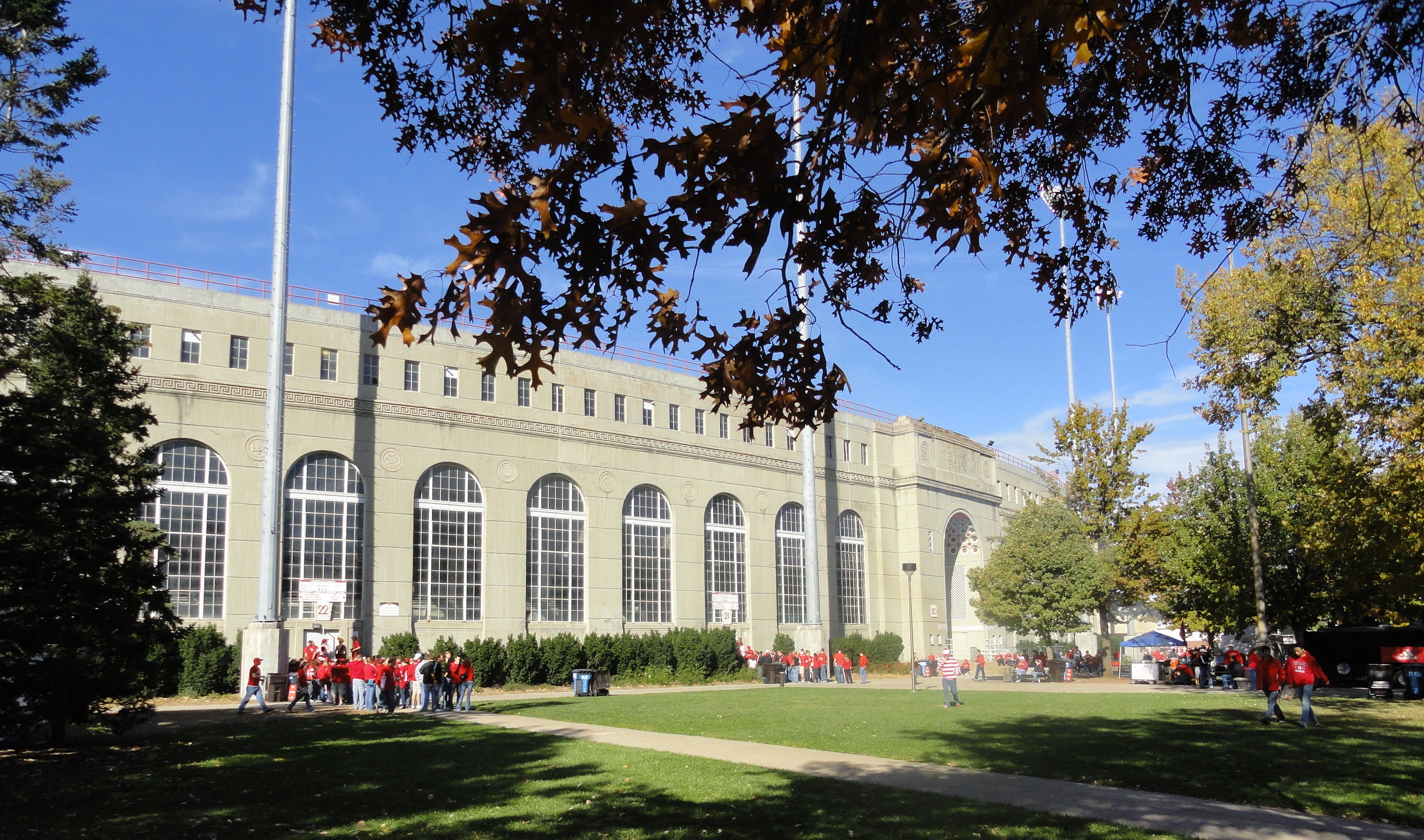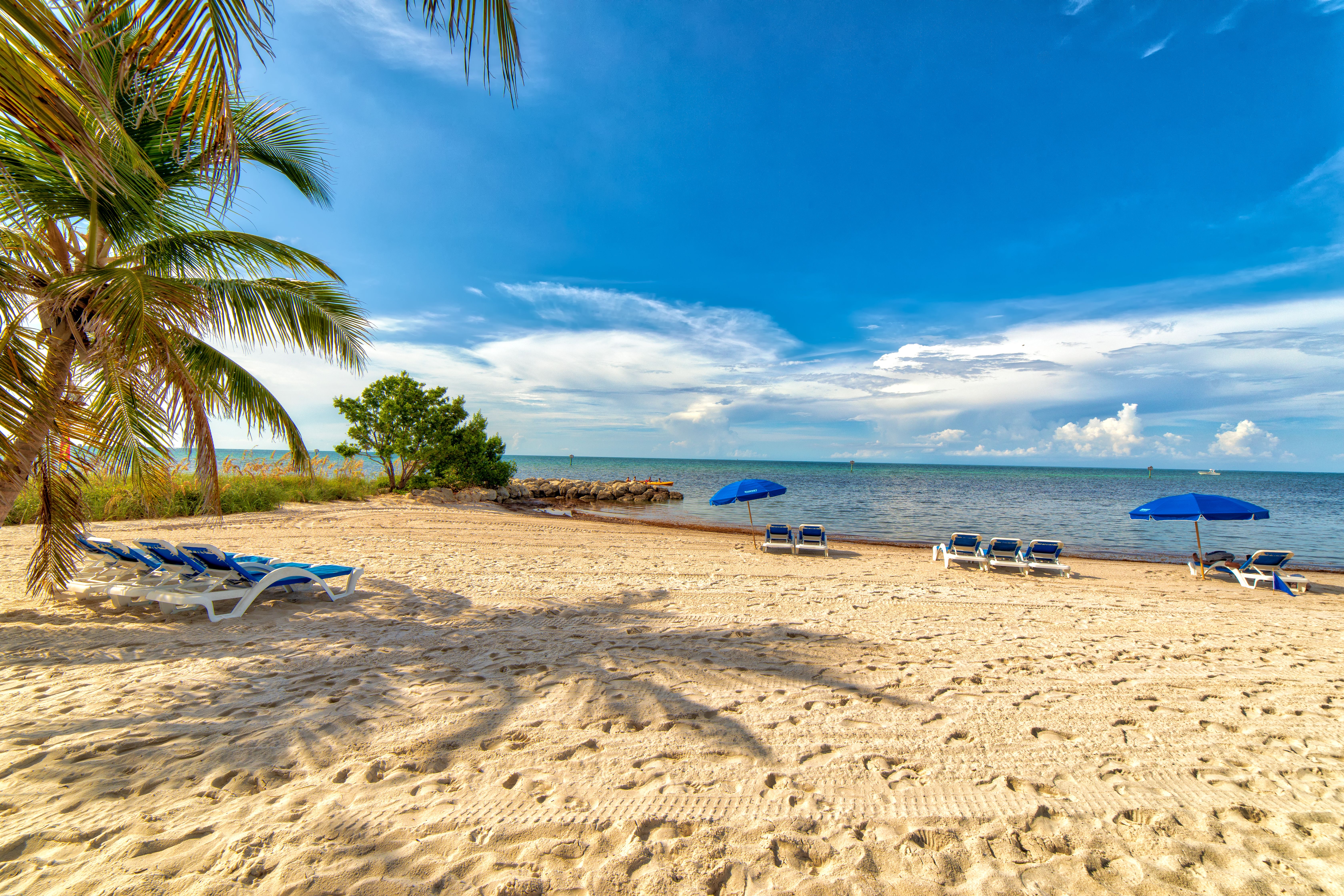Beyond the Headlines: 11 Real-Life Crime Scenes That Draw Dark Tourists
In the realm of travel, the pursuit of the unusual and the macabre has seen a significant rise, with real-life crime scenes transforming into unexpected hotspots for tourists. This phenomenon, often termed "dark tourism," taps into the human fascination with death, tragedy, and the enigmatic allure of the unknown. From the infamous Jack the Ripper tours in London to the eerie remnants of Alcatraz, these sites offer a unique blend of history, mystery, and the chilling reality of human nature. The allure of these locations lies not just in their grim pasts but in their ability to tell stories that are as captivating as they are unsettling. Each site, with its own grisly history, invites visitors to step back in time and explore the darker chapters of human history, providing a lens through which we can examine societal fears, curiosities, and the complex interplay between crime and culture. As we delve deeper into this chilling yet fascinating world, we explore how these crime scenes have evolved from places of horror to popular tourist destinations, each with its own story to tell.
1. The Infamy of the Lizzie Borden House
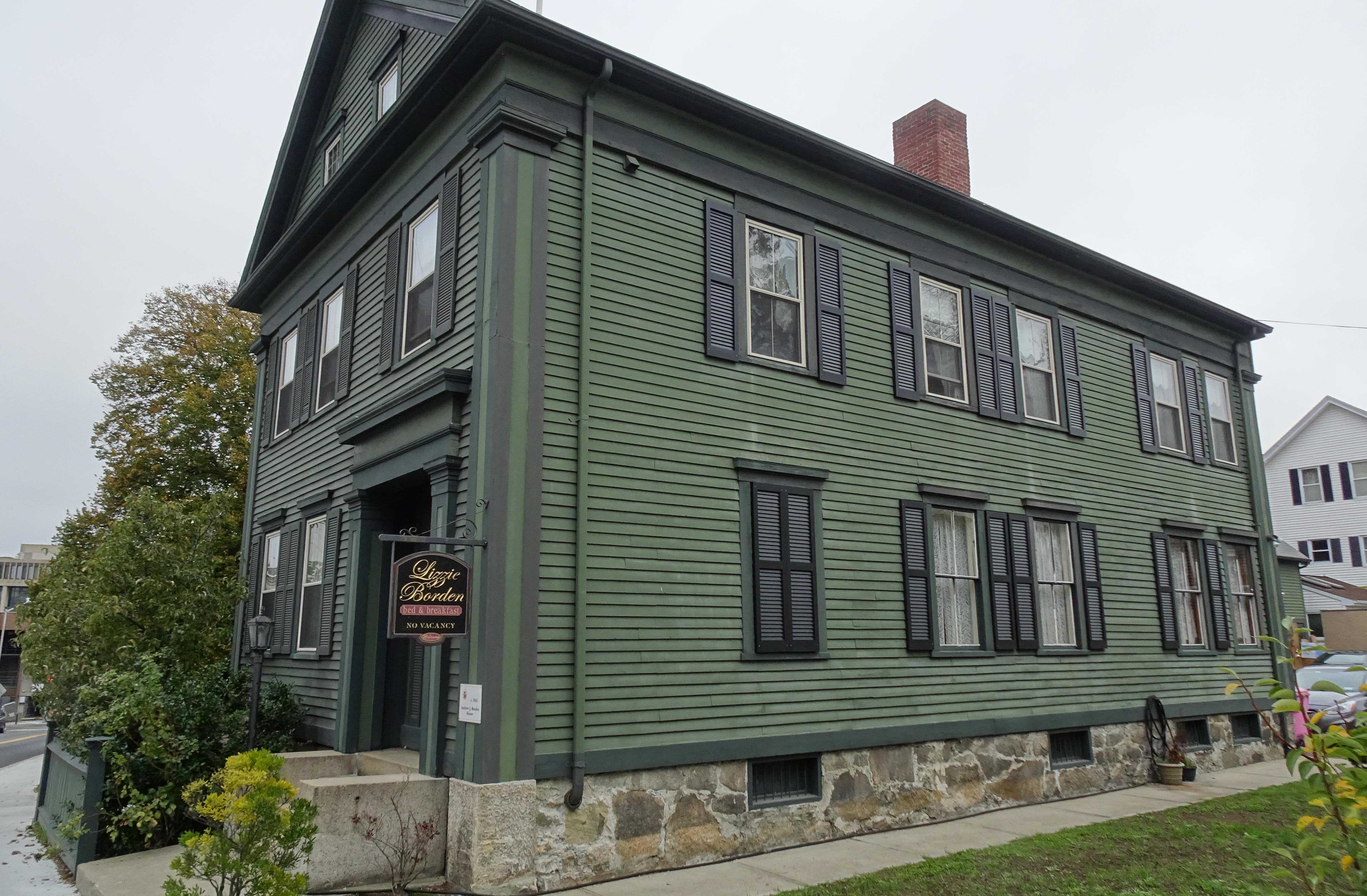
In Fall River, Massachusetts, the Lizzie Borden House stands as a chilling reminder of one of America’s most infamous murder cases. In 1892, Andrew and Abby Borden were found brutally murdered in their home, and Lizzie, Andrew’s daughter, was accused of the crime. Despite being acquitted, Lizzie’s name became synonymous with the axe murders. Today, the Borden house operates as a bed-and-breakfast and museum, offering guests the chance to sleep in the same rooms where the murders occurred. Visitors can take guided tours that explore the details of the case, examine the evidence, and delve into the theories surrounding the murders. The house is meticulously preserved to reflect its 19th-century appearance, allowing guests to step back in time and experience the chilling atmosphere firsthand. The combination of historical intrigue and the thrill of staying in a purportedly haunted house makes the Lizzie Borden House a unique and popular destination for crime enthusiasts.
2. The Cecil Hotel – Los Angeles, California
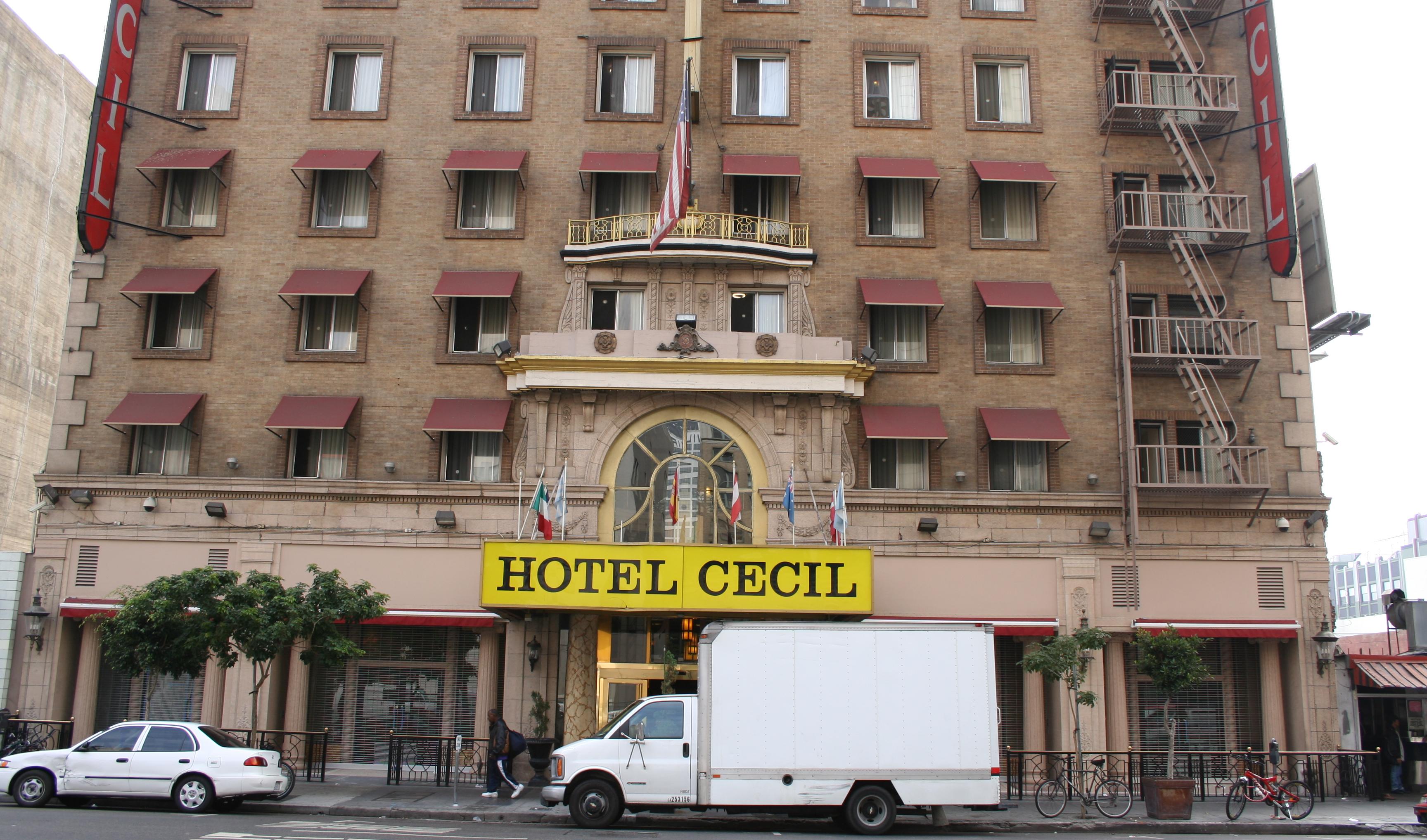
Infamous for its dark history, the Cecil Hotel in downtown LA has long been associated with mysterious deaths, suicides, and unsettling urban legends. But it was the 2013 disappearance and death of Elisa Lam—captured in the now-viral elevator footage and explored in Netflix’s Crime Scene: The Vanishing at the Cecil Hotel—that turned this once-forgotten building into a true crime pilgrimage site. Though it has since been rebranded, curious visitors still seek to glimpse its haunted history. Tours of the neighborhood often include the site, tapping into LA’s long-standing reputation for glamor and darkness colliding.
3. The Watts Family Home – Frederick, Colorado
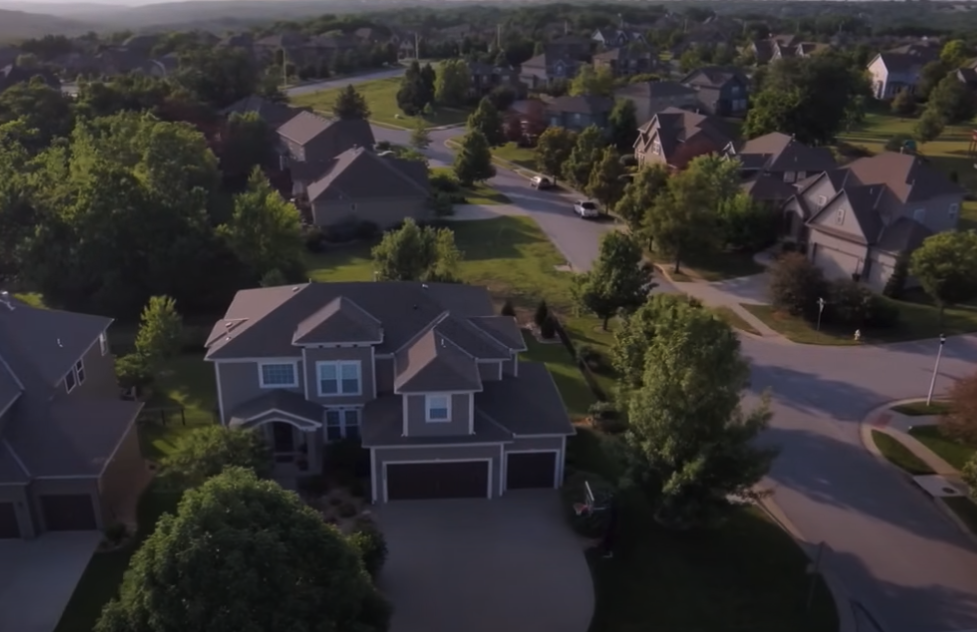
The 2018 murder of Shanann Watts and her two daughters by her husband Chris Watts shocked the world—and was later chronicled in the Netflix documentary American Murder: The Family Next Door. Though the actual home in Frederick, Colorado is privately owned and not open to the public, it continues to attract onlookers and those seeking a deeper connection to the story. Local officials have discouraged visits, but it remains a focal point of true crime interest, raising questions about how suburban normalcy can mask chilling realities.
4. The Villisca Axe Murder House – Villisca, Iowa
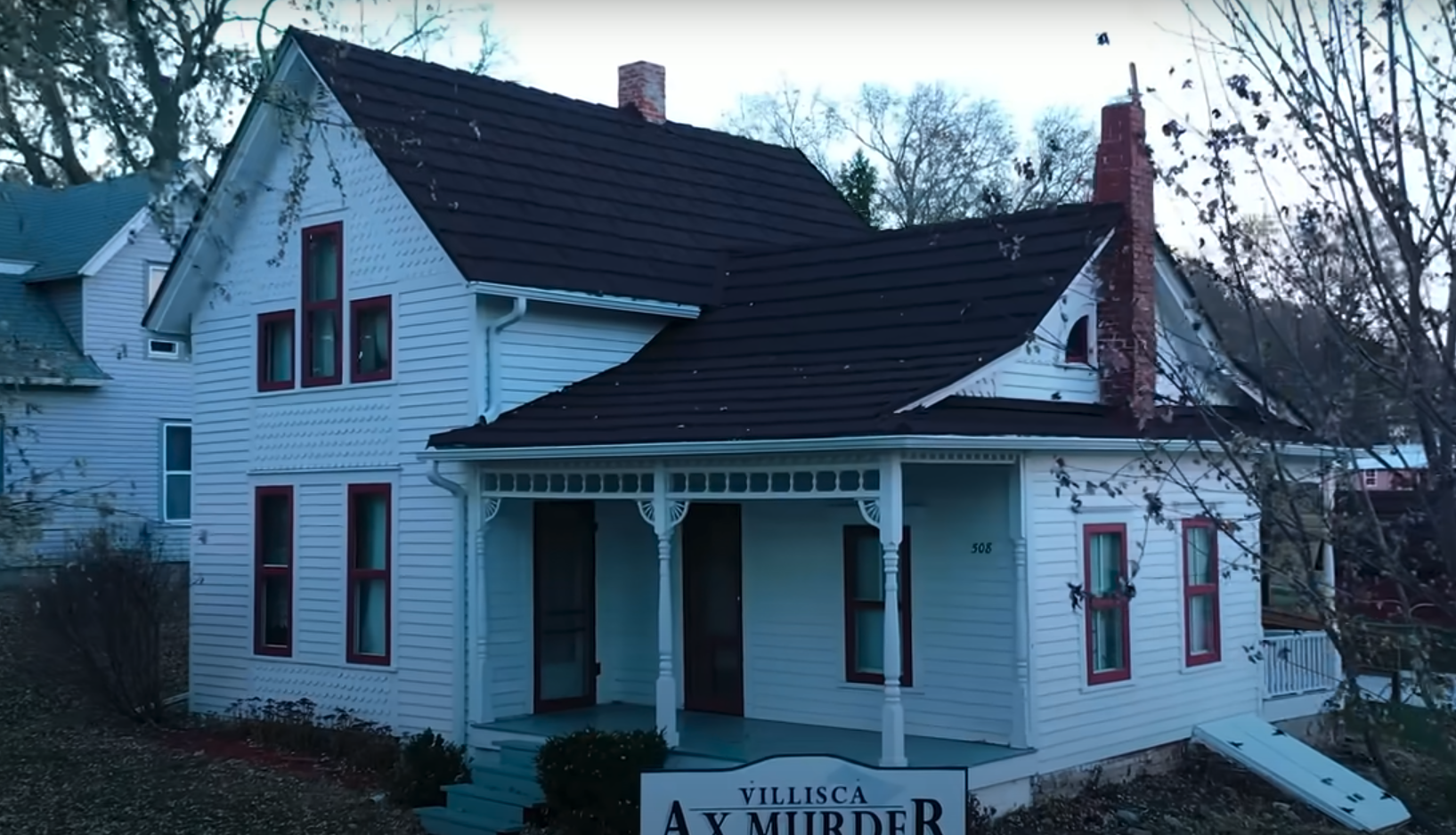
In 1912, the Moore family and two overnight guests were brutally murdered in their sleep with an axe. The crime was never solved, and the home in Villisca, Iowa has been preserved exactly as it was over a century ago. Now open for daytime tours—and overnight stays for the brave—the house offers a deeply unsettling, immersive true crime experience. Paranormal investigators and true crime fans alike visit in hopes of unraveling the mystery or experiencing the home’s alleged supernatural activity.
5. The West Mesa Bone Collector Site – Albuquerque, New Mexico
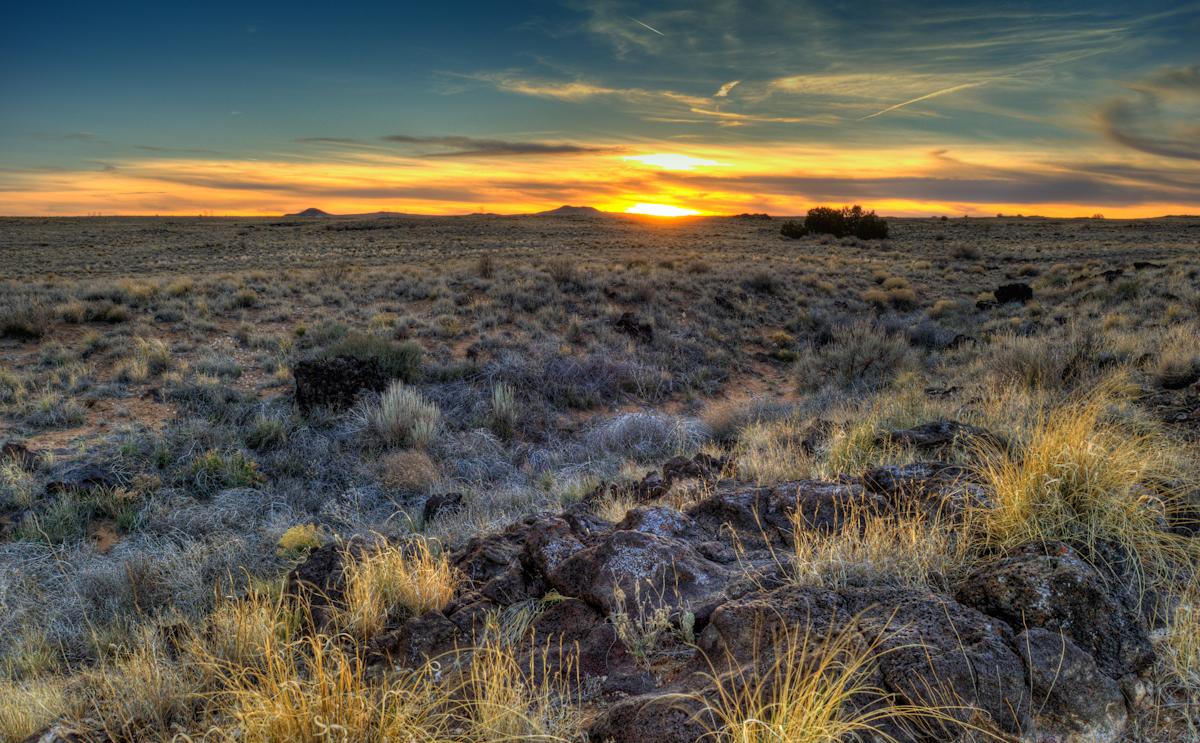
In 2009, the remains of 11 women were discovered buried in the desert on Albuquerque’s West Mesa, believed to be victims of a still-unknown serial killer. This harrowing discovery, covered in various true crime podcasts and documentaries, brought national attention to issues of marginalized victims and unsolved crimes. The site remains undeveloped, marked only by makeshift memorials, but locals and visitors sometimes make the trek to pay tribute and reflect on the lives lost and the justice still awaited.
6. The Gilgo Beach Serial Killer Sites – Long Island, New York
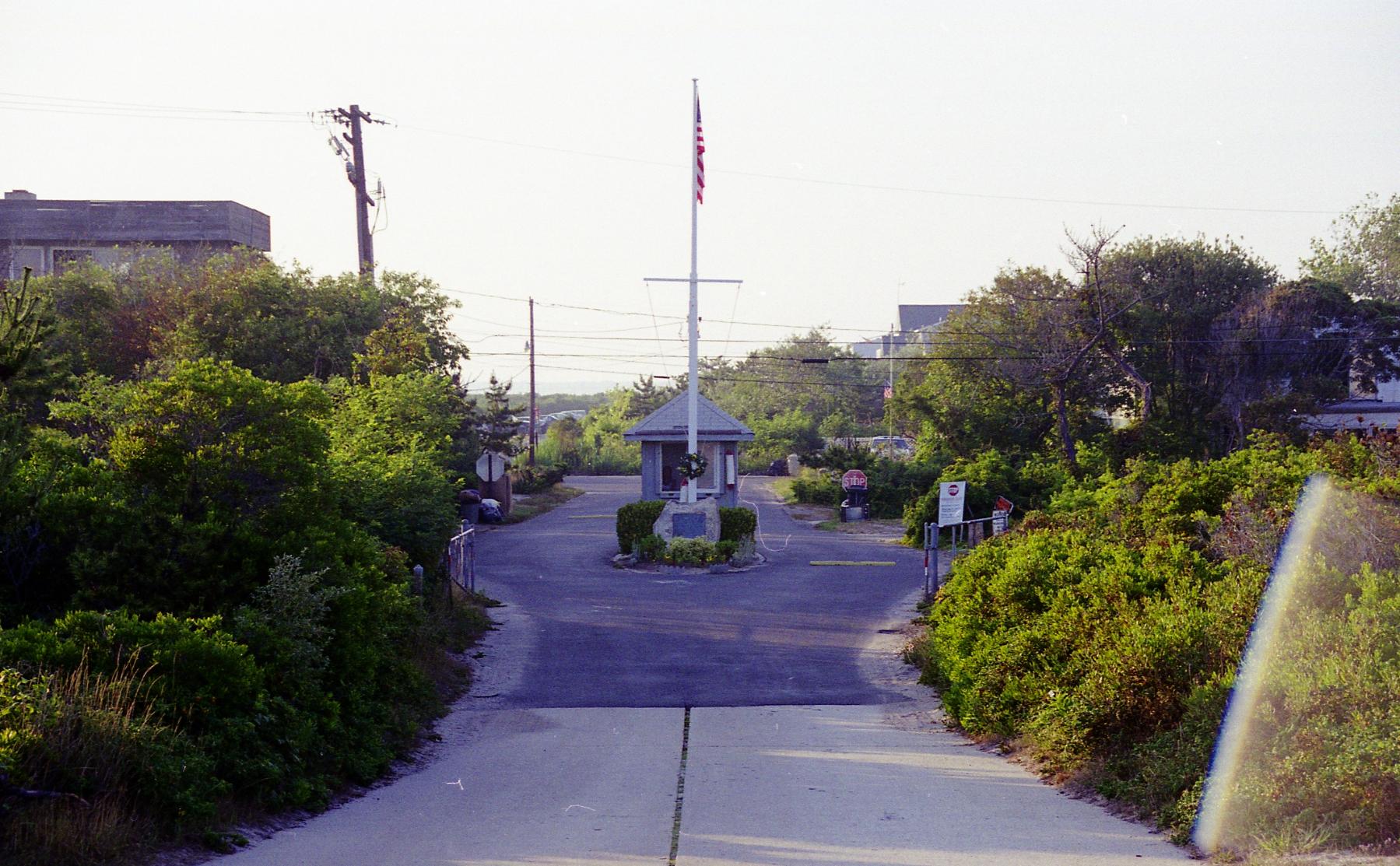
The long-unsolved Gilgo Beach serial killings, recently thrust back into the spotlight with the 2023 arrest of Rex Heuermann, have drawn renewed attention to the stretch of coastline where the bodies of at least 11 victims were discovered. The case has inspired podcasts, documentaries, and community efforts to support the victims’ families. While the sites themselves are unmarked and somber, visitors often explore Ocean Parkway and surrounding trails as a way to engage with the mystery and honor the memory of the lives lost.
7. The Long Island Mansion from “The Preppy Murder” – Central Park, New York City
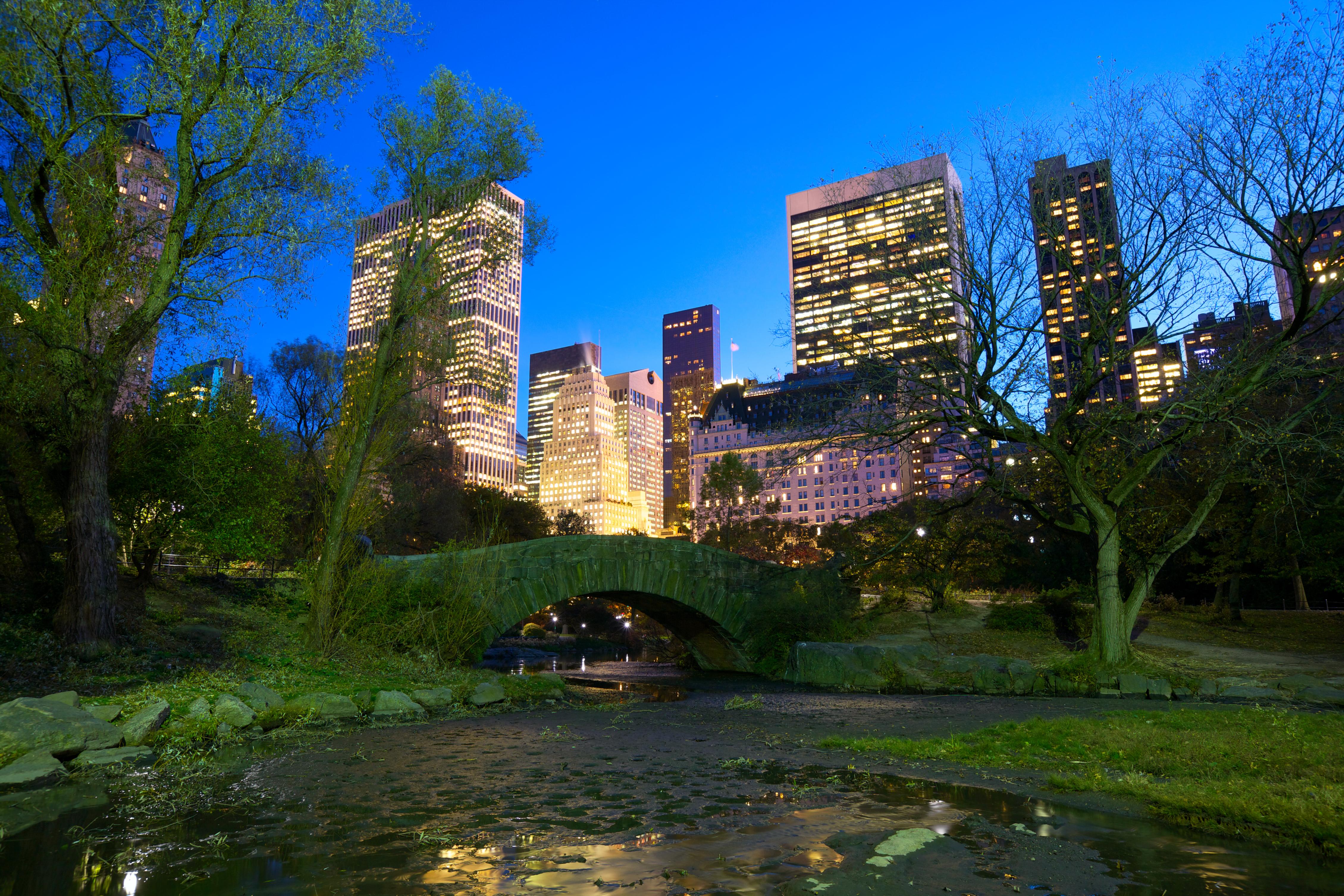
While Central Park itself has been the site of many crimes, one of the most infamous happened in 1986 when Robert Chambers killed Jennifer Levin after a night out. The story became tabloid fodder and was revisited in the 2019 documentary The Preppy Murder. Though the actual scene was Central Park’s Cedar Hill area, the nearby upscale Manhattan locations associated with the case, including the bars they visited and the apartments featured in news coverage, have taken on a dark fame for true crime tourists retracing the story.
8. The LaLaurie Mansion – New Orleans, Louisiana
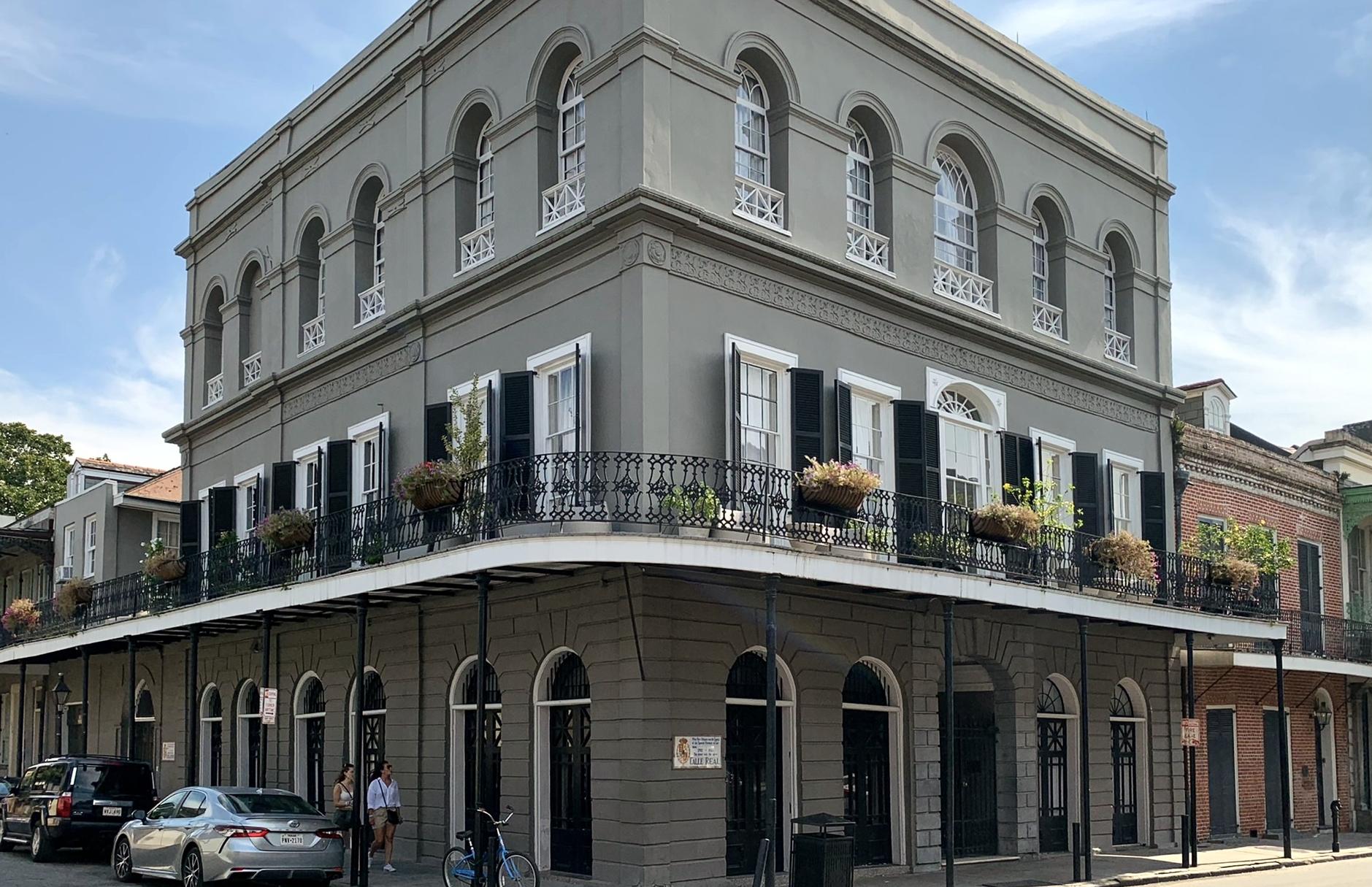
In the heart of New Orleans' French Quarter, the LaLaurie Mansion stands as a chilling testament to the city's dark past. Home to Madame Delphine LaLaurie, a wealthy socialite, the mansion became infamous in the 1830s when the horrific torture and murder of enslaved people in her attic were revealed. Though not open for interior tours due to its fragile state, the mansion's imposing facade and the gruesome tales associated with it draw a steady stream of dark tourists. Ghost tours frequently stop outside, recounting the chilling details and adding to the city's reputation for the macabre. The LaLaurie Mansion offers a disturbing glimpse into the brutality of slavery and the dark side of New Orleans' history.
9. The Amityville Horror House – Amityville, New York
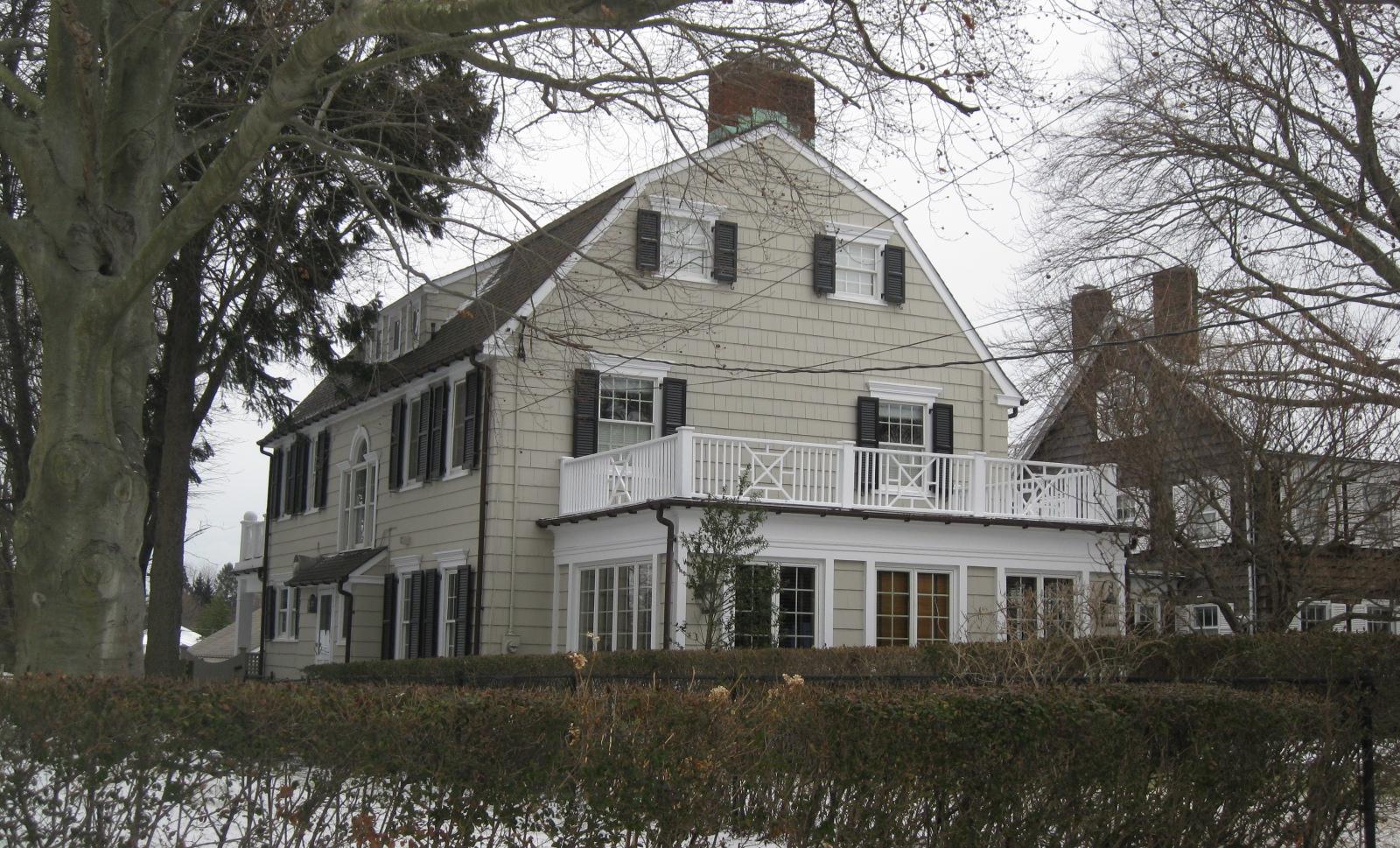
The Amityville Horror House, located in a quiet suburban neighborhood on Long Island, is synonymous with paranormal terror and a brutal family massacre. In 1974, Ronald DeFeo Jr. murdered his parents and four siblings in the house. The subsequent experiences of the Lutz family, who briefly lived there afterward, became the basis for the book and film "The Amityville Horror." While the house is a private residence, it continues to attract attention from those fascinated by true crime and the supernatural. Its recognizable facade and the enduring mystery surrounding the events make it a landmark in the world of dark tourism.
10. The Clutter Family Home – Holcomb, Kansas
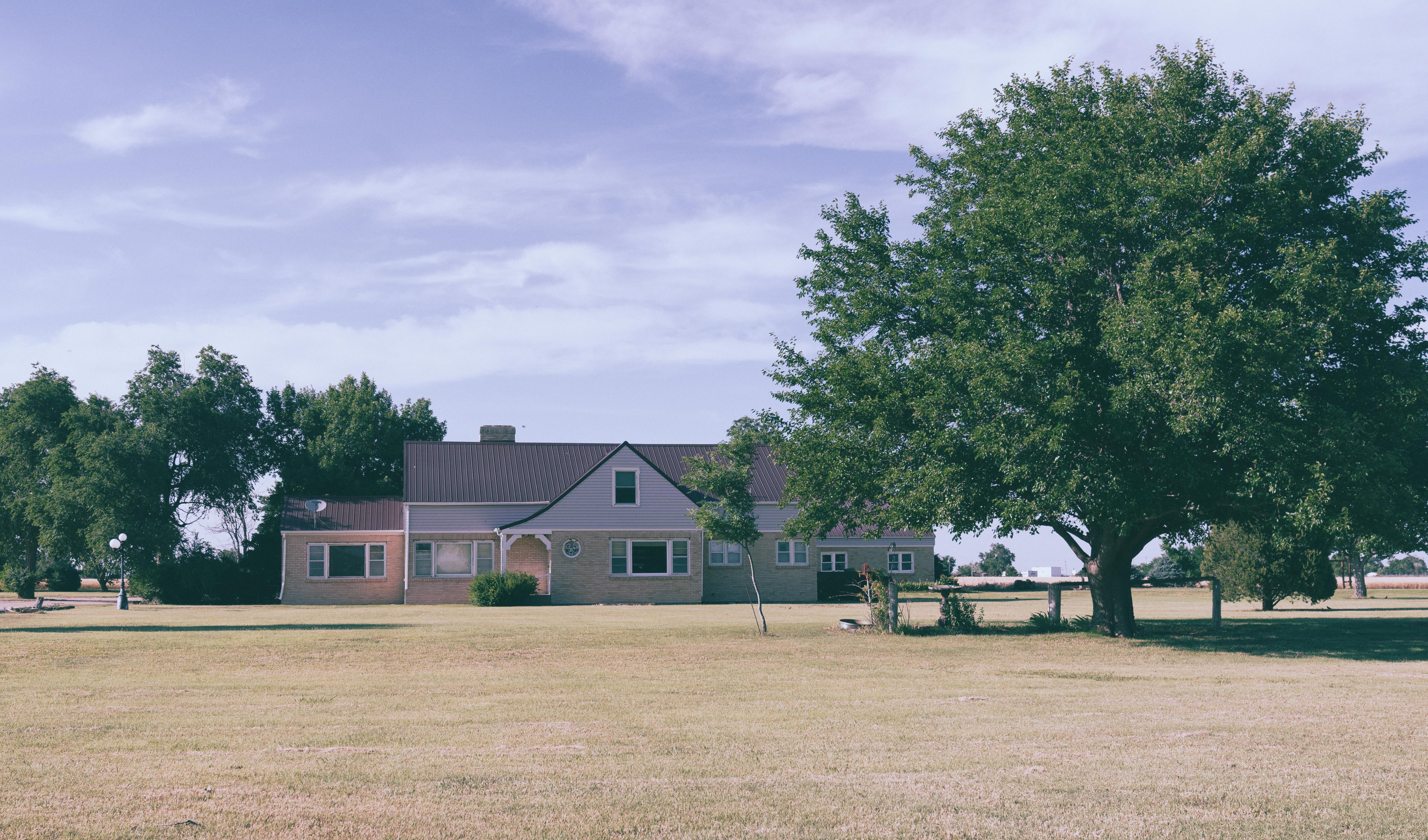
Immortalized in Truman Capote's true crime masterpiece "In Cold Blood," the Clutter family home in Holcomb, Kansas, is a somber reminder of the brutal murders that shocked a nation in 1959. Though the original house no longer stands, the site and the town of Holcomb itself draw visitors interested in the case and Capote's groundbreaking work. The story's literary significance and the chilling details of the crime continue to captivate those fascinated by the intersection of true crime and culture.
11. The Ramsey House – Boulder, Colorado
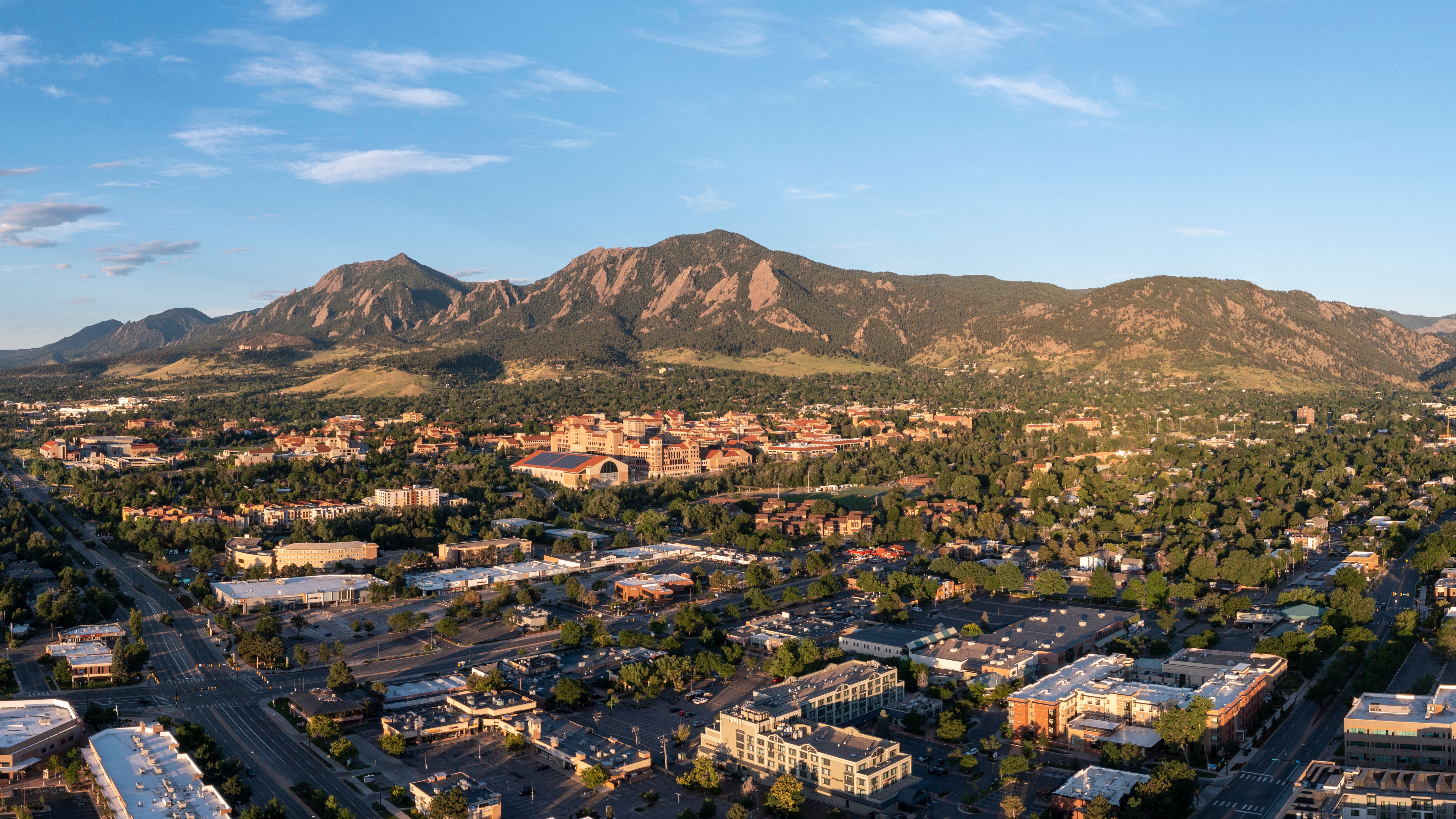
The unsolved 1996 murder of six-year-old JonBenét Ramsey in her family's Boulder, Colorado home continues to fascinate and haunt the public. While the house is a private residence, it remains a point of interest for true crime enthusiasts due to the case's enduring mystery and the intense media scrutiny it received. The surrounding neighborhood and the city of Boulder are often included in discussions and documentaries, drawing those seeking to understand the complexities of this unsolved crime.
12. The Waco Siege Sites – Waco, Texas

The 1993 Waco siege, which culminated in the fiery destruction of the Branch Davidian compound and the deaths of dozens of cult members, remains a controversial and chilling chapter in American history. While the original Mount Carmel Center was destroyed, the site and the surrounding area in Waco, Texas, draw visitors interested in the events and the legacy of David Koresh. The tragedy serves as a stark reminder of the dangers of cults, religious extremism, and government intervention.
The Ethical Dimensions of Crime Scene Tourism
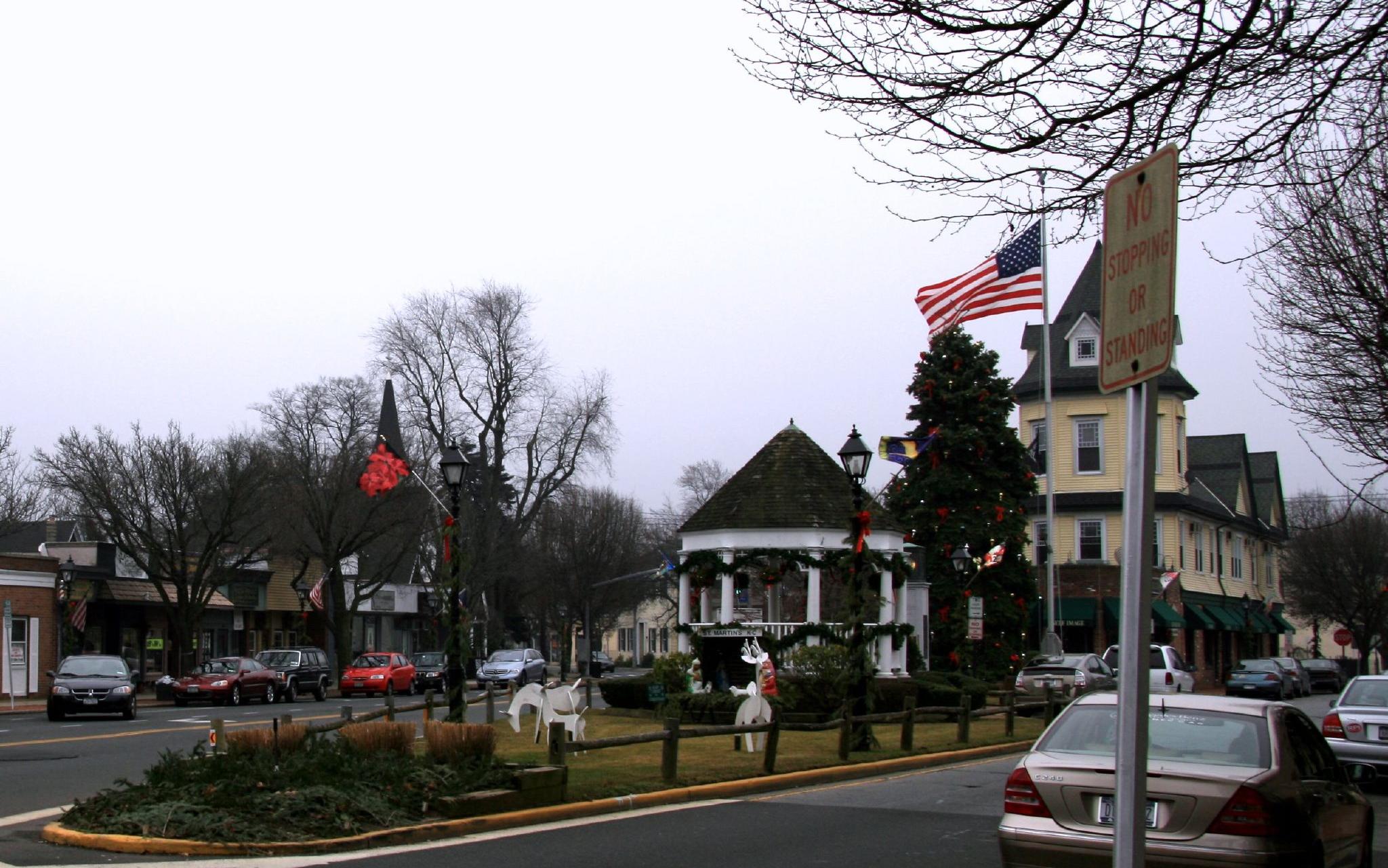
As we conclude our exploration of crime scenes as tourist attractions, it is important to address the ethical considerations surrounding this form of tourism. While these sites offer educational and historical value, they also raise questions about the commodification of tragedy and the potential for exploitation. It is crucial for tourists and operators alike to approach these sites with respect and sensitivity, acknowledging the pain and suffering associated with them. The challenge lies in balancing the public’s fascination with the macabre with the need to honor the memory of the victims and the lessons these sites offer. Crime scene tourism, when done ethically, can serve as a powerful tool for education and reflection, allowing us to confront the darker aspects of human history and learn from them. As the popularity of dark tourism continues to grow, it is essential to navigate these ethical complexities with care, ensuring that these sites remain places of learning and remembrance rather than mere spectacles.

